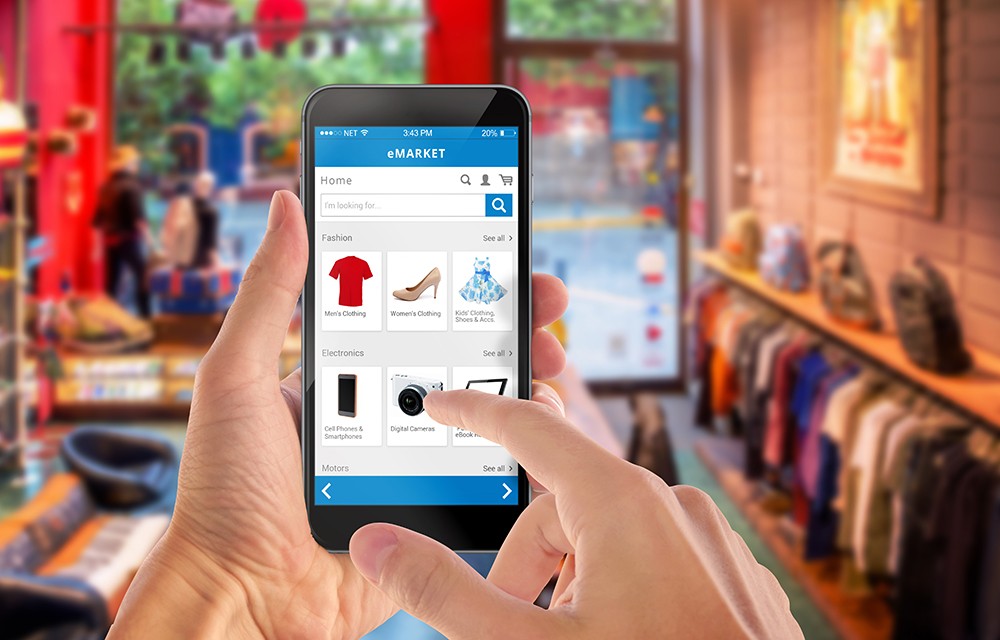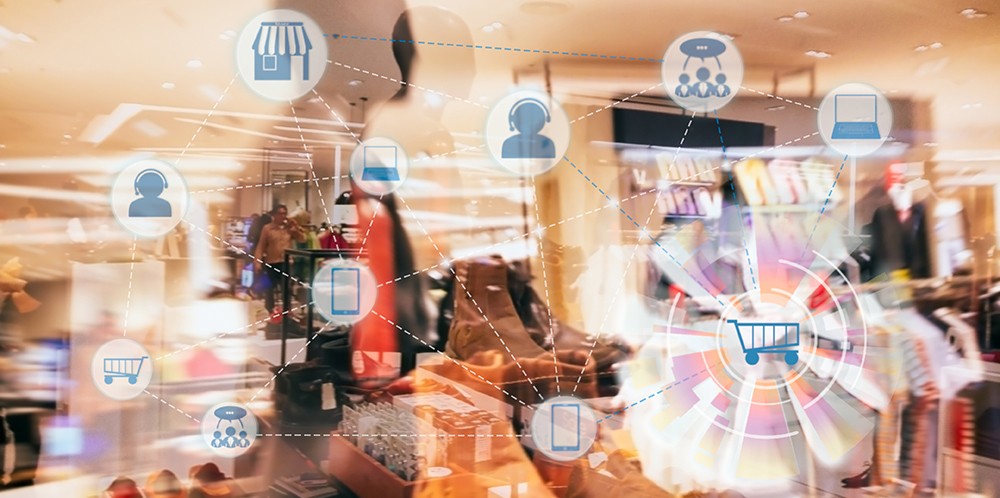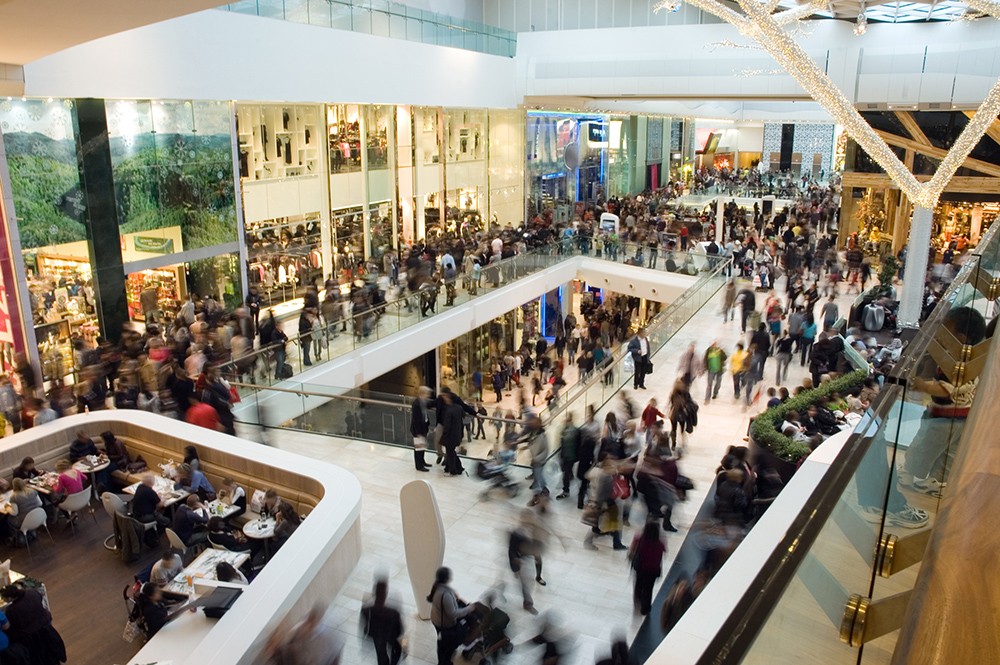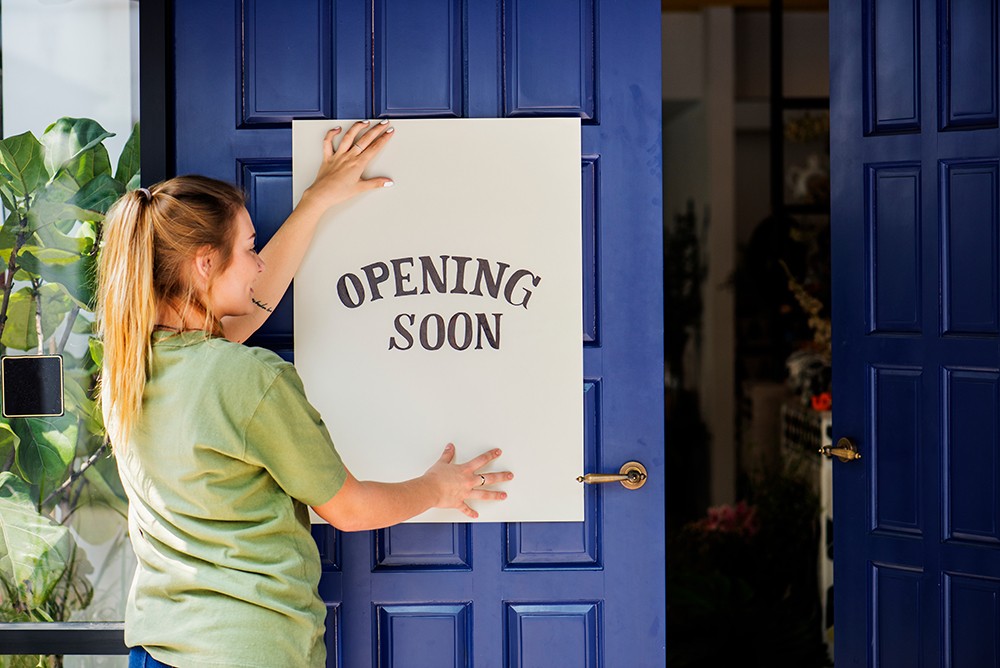
Smart phones prove to be the essential retail assistant
The large majority of US consumers still prefer to shop at a physical retail location, but often they’re using the smart phone to assist.
These are the findings of a recent survey conducted by RetailMeNot, who note 85 per cent of Americans shop in a non-grocery physical retail store during a typical week, and on average, they visit up to three stores.
Here’s a further insight into their survey results…
Physical retail far from dead
RetailMeNot’s findings illustrate just how important physical retail continues to be in everyday American’s lives. In addition to 85 per cent of all shoppers visiting up to three non-grocery outlets each week, that number increases in younger generations.
The survey found millennials stop in at four physical locations a week while Gen Z visits on average 5.25.
While that’s great news for real-world retail, what is changing is the role that technology plays in that shopping journey.
The mobile retail assistant
Chances are, if you’re shopping, you’re doing it with a mobile phone in hand, and you’re using it to assist in your decision making.
The survey noted a mobile device is the number one retail companion and people use it to seek out reviews, price match, and source offers and deals, often in preference of dealing with a retail associate.
They found:
- Most in-store shoppers (69 per cent) would rather consult a product review on their phone than ask a store associate.
- More than half (53 per cent) would rather use a mobile device to find deals and offers on products they are considering purchasing than discuss promotions with an in-store associate.
Meanwhile, that mobile device is also being employed to seek out the best deals, and consumers are more than happy to embrace a retail app if it offers them this service.
- Nearly half (49 per cent) of Americans have an app that collects and provides deals and discounts across retailers on their smartphones.
- 65 per cent of Americans say receiving mobile coupons they can redeem in-store is important when shopping in physical stores.
- Even more significantly, 69 per cent say receiving a personalized offer on their phone that they can use in-store would make them more likely to visit a physical retail location.
“In-store retail is still the most important channel for consumers, and the role that mobile plays in the shopping journey is notable to retailers who want to reach in-store shoppers,” CEO of RetailMeNot, said Marissa Tarleton said.
“The mobile device is the number one in-store shopping companion, which is a marketing opportunity for retailers to drive in-store footfall, incentivize sales and understand online-to-offline behavior.”
The journey starts long before the retail outlet

RetailMeNot noted 65 per cent of shoppers complete their retail journey in-store, but that’s not necessarily where it starts. Over a third (39 per cent) start their purchasing mission on a smart phone, while 14 begin on a desktop.
Of those who start with a smart phone, 38 per cent then go on to complete the purchase in-store, while 43 per cent who begin on a desktop go on to buy at a physical location.
“Mobile browsing and research are standard for most shoppers, and a substantial number of consumers are comfortable converting on either that same smartphone device or in a physical store, based on what is convenient to their needs at the time of their journey,” Ms Tarleton said.
Meanwhile, Americans are 30 per cent more likely to complete a purchase in person than on their smartphone when they find a deal on their phone.
So, what’s the takeaway for retailers?
Omnichannel is essential
Bricks and mortar may continue to reign supreme but there’s no doubting the importance technology plays in the purchasing journey.
Using it to best effect involves:
- Ensuring retailers have a digital presence including a desktop site and mobile optimised option
- Facilitating the customer’s desires for online reviews through social media, and online testimonials
- Personalised product deals and offers, based on a consumer’s previous shopping habits
- Mobile apps that harness push notifications and product deals when a customer is in-store


